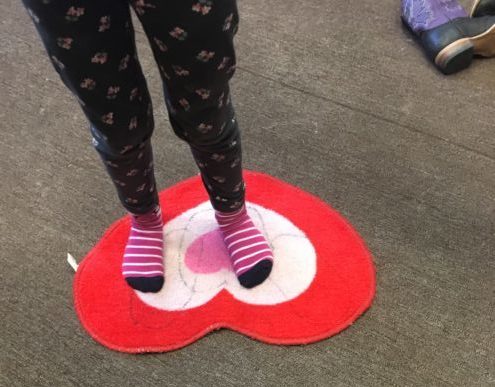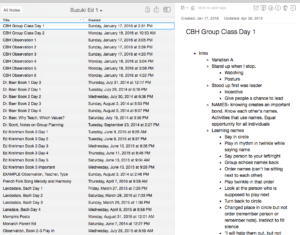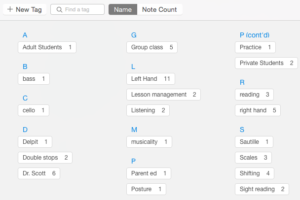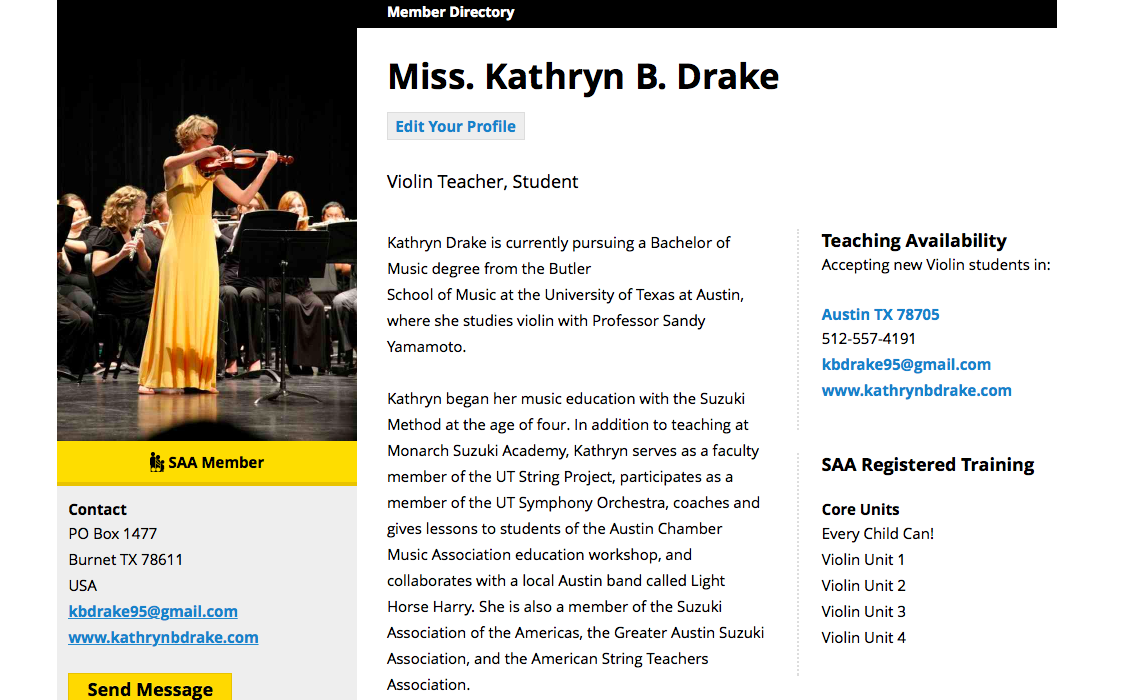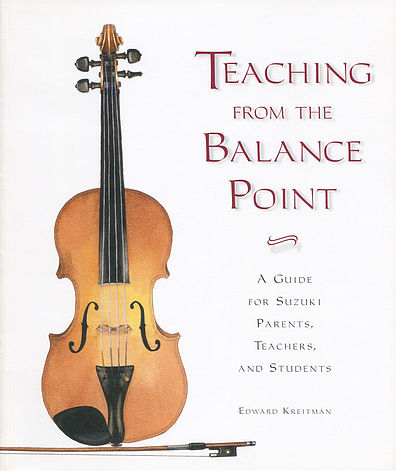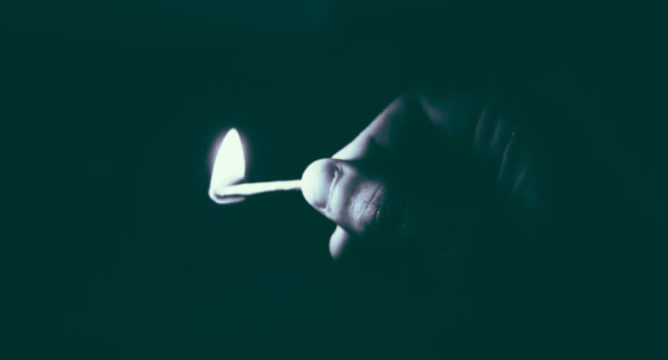
I’m going to propose a way to teach the first Suzuki violin lesson of a student’s life, but it is not the only way to teach it. And in 10 years, my ideal first lesson will probably be drastically different.
What is important is how much thought and consideration goes into every aspect of the lesson because it is such an important one.
THE IMPORTANCE OF THE FIRST LESSON
Every lesson after the first lesson is a remedial lesson.
Advanced skills are built on the foundation of fundamental skills, which is why in the Suzuki Method we put so much emphasis on mastery from the very beginning.
Everything about your student’s experience on the first day is a learning experience. From the way they put their shoes by the door, to the energy of the studio when they walk in, to the way you deliver their lesson assignments sets expectations for years to come.
If your student is a sibling or has already observed several lessons they will have an idea of what they are walking in to, but nothing is like the experience of doing the lesson themselves.
SETTING UP ‘NORMAL’
Think about it this way:
If your student walks in the first day and you instruct them to put their shoes right by the door, they will do so. They understand that to be the norm. The next week you instruct them to put their shoes on a shelf by the stairs, and rather than taking that to be the norm they now think of shoes by stairs as different. Or, even worse, they are convinced there is no normal.
If you ultimately want them to put their shoes by the door, set that expectation on the very first day. If you don’t really care where they put their shoes — pick a spot anyway.
The cost overtime of setting up normals and then defining new normals is huge over the course of this student’s 15 years of work with you. The more often you can build a direct connection between the norm and automatic action the better.
FIRST DAY CONSIDERATIONS
A checklist of expectations to clarify with yourself before the student comes to the first lesson…
1. Where does the family park?
2. How do they get to your studio?
3. Should they wait in the hall or knock/come in? [Read more…]



